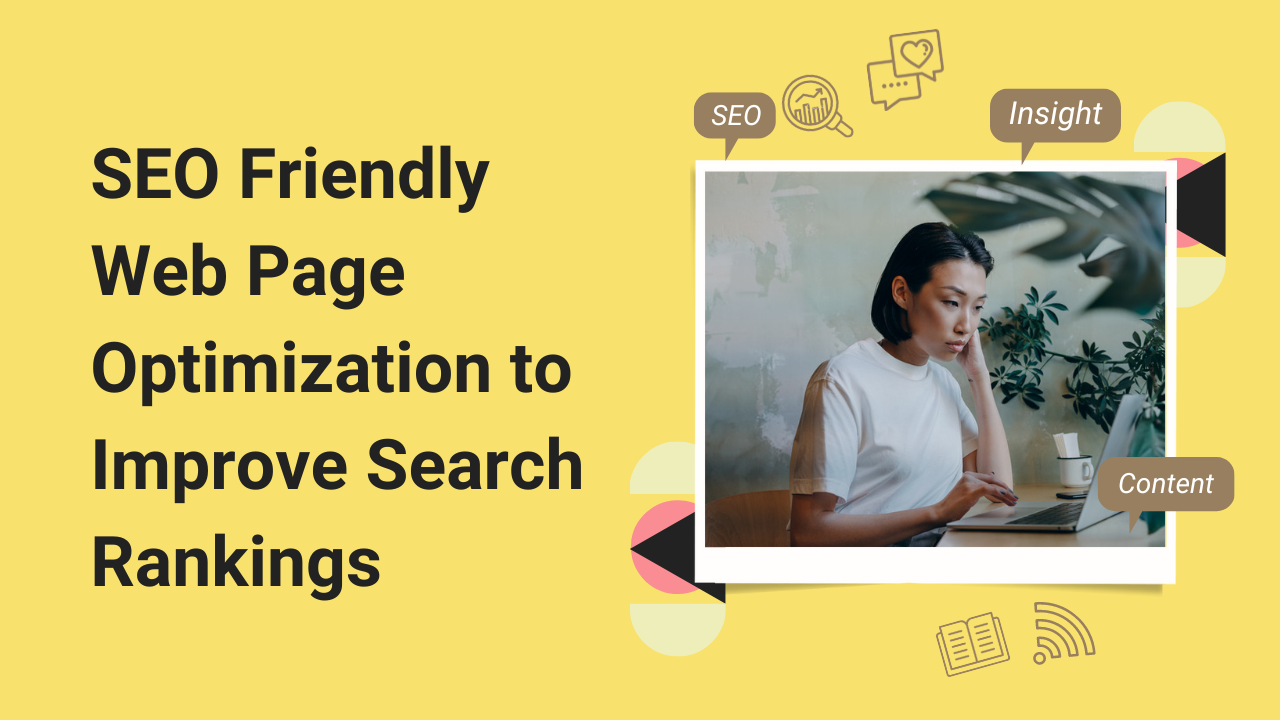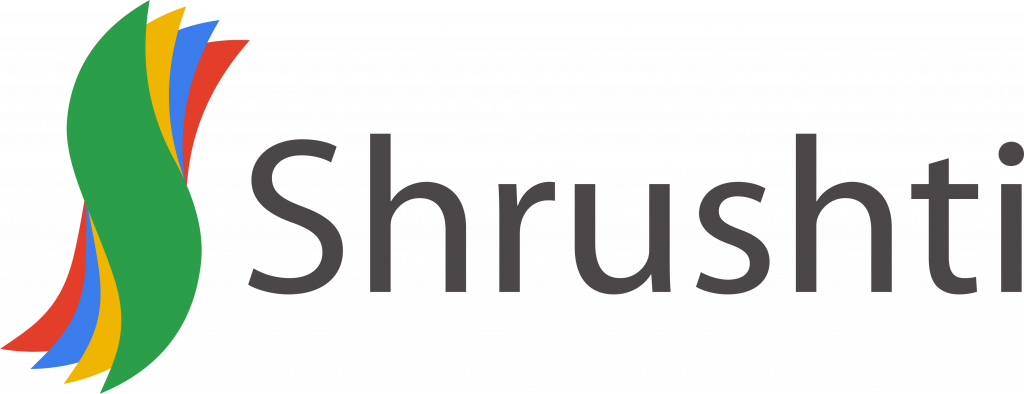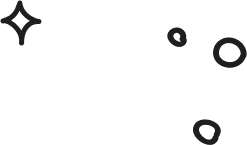
Generally online marketers consume hours and hours trying to enhance organic traffic by growing the number of inbound links to their web page. It is obvious that quality back links are essential to get high SERP in major search engines like Google, Yahoo and Bing. Even more significant, however, is developing a search engine friendly site or targeted webpage. Here you can find major onsite factors for search engine optimization. Probably you might have already done your keyword research and are ready to develop or update your site.
The Following Onsite Factors May Help You Move Up A Little
Title & Meta Tags
A title and Meta description tag is the primary text that represents an online page. It is the single most significant on-page SEO factor. It is essential to maintain on how your pages are going to be displayed in the search engines. Every search engine shows your web page differently.
Ready to Chat About
how our
SEO Services can grow your business?
Drop us a line today!
Be Mindful Of Title and Description Length
Google displays 69 Characters (Including Spaces) for Page Title.
Google displays 156 Characters (Including Spaces) for Meta Description.
Yahoo displays up to 72 Characters (Including Spaces) for a Page Title.
Yahoo displays up to 161 Characters (Including Spaces) for Meta Description.
Bing displays 65 Characters (Including Spaces) for a Page Title Tag.
Bing displays up to 150 Characters (Including Spaces) for Meta Description Tag.
Content
One of the cornerstones to effective on-site optimization is unique, high quality information. The quality of the content acts as an important part. You should always be making information that delivers value to the consumer. With conversion rates as your end result, you have to involve your visitors with the details they are looking, not supply to them spammed-out SEO content.
Header Tags
Header tags are an important on-page SEO factor that helps to improve search rankings as well as useful to communicate to the search engines exactly what your site is related to. The heading tags are HTML tags that are helpful to hierarchically arrange the structure and the content of a web page. It is advisable to make use of header tags with long-tail keywords. When search engines crawl web page, it will pick up on the headers and recognize it as major keywords. These “Header tags” vary from H1 to H6 (the short term of Heading 1 – highest priority, to Heading 6, the least important, and specify text in header font and prominence.
Images and Alt Tags
Leading search engines like (Google, Yahoo and Bing) consider ALT text when calculating relevancy. Make an ALT tag that is related to the image, so it delivers the user a good experience, along with visually impaired. Alt tag helps to display particular image in SERP that leads to increase more visitors to your site.
Video
Online video content are one of the most profitable solutions to online businesses, it improves the conversion ratio. Based on Comscore analysis, retail website visitors who watch video stay two minutes longer on a site on average and are 64 per cent more likely to buy compared to other visitors.
Keyword Density, Prominence and Proximity
You don’t need to worry about Google Panda and Penguin algorithm update if you consider high quality content along with keyword density, prominence and proximity that would help to improve your page reliability.
SEO friendly URL Structure
Search engine algorithms put weight on the URL of the web page while identifying importance. Your website stands a greater possibility of ranking for a key word if you use small, tightly “themed” groups of words which are included all over the web page in the areas mentioned above.
Things to consider when naming URLs:
- Make use of hyphens to divide URLs with different words
- Make it shorter, descriptive and interesting.
- Use static, not dynamic.
- Use significant number of folders in your URL.
- Don’t overuse key phrases in your URL
- Use lowercase letters when naming URLs
Social Sharing Buttons
Nearly two years back, in December 2010, Danny Sullivan has written an informative article on social signals and their effects on search rankings. The post covered the prospects for social signals affecting rankings, but was early for its time; scalable back link building strategies were popular (because they proved helpful), rather than significantly consideration was paid to social signals across a large part of the industry.
If you operate a website of any kind, possibilities are you’re generally trying to trigger increasingly more people to mention and share your web pages and articles via a number of channels, such as social media and e-mail.
The recent years has seen an explosion in the volume of articles shared via social services like Facebook , Twitter and Google+ . However search engines deal with socially shared links different ways compared to other types of links, they notice them on the other hand.
Conclusion
Above SEO on-site techniques will help you to make quality web page which leads to improve search rankings and drive more traffic to your web page. Finally, more organic traffic helps to increase conversion ratio as well as ROI of your online business.
About the Author
My name’s Semil Shah, and I pride myself on being the last digital marketer that you’ll ever need. Having worked internationally across agile and disruptive teams from San Fransico to London, I can help you take what you are doing in digital to a whole next level.



